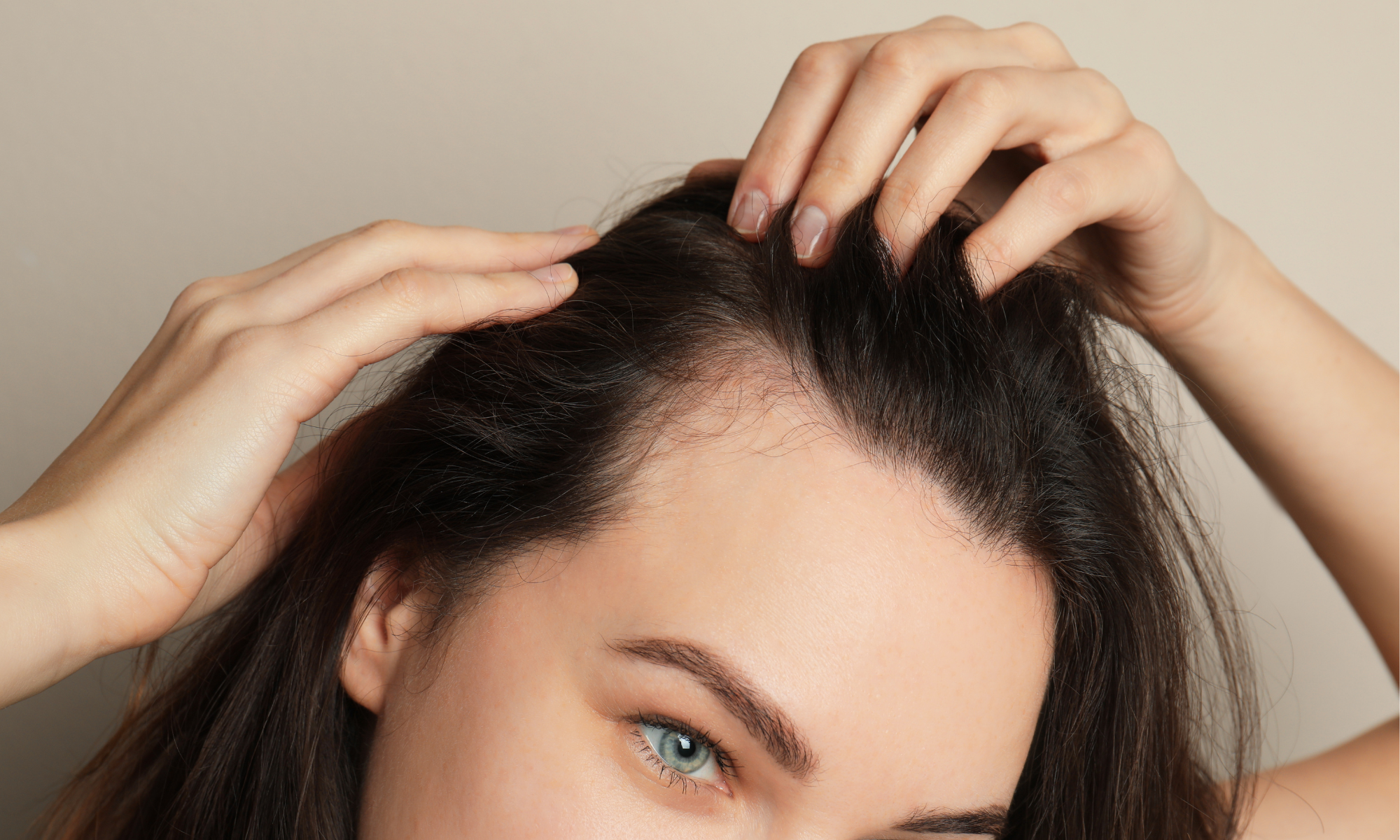Rosacea is a common skin condition that typically affects the face, causing redness, visible blood vessels, and often small, red, pus-filled bumps. What many are unaware of is that rosacea can extend beyond the facial area and manifest on the scalp, which can be particularly distressing due to the hidden nature of the condition. This comprehensive guide aims to shed light on scalp rosacea, including its symptoms, the underlying causes, and how to manage this variant of the skin disorder.
Unveiling the Symptoms of Scalp Rosacea
Recognizing the signs of scalp rosacea can be more challenging due to the hair covering the affected area, but there are distinct symptoms to look out for. Many individuals with scalp rosacea may not even be aware they have it until it worsens and spreads to the face. Common symptoms include:
Persistent Redness and Flushing
The scalp may appear overly red, a condition known as erythema, which is one of the primary signs of rosacea. The redness can vary from a light blush to a deep red and may be accompanied by a burning sensation.
Bumps and Pustules
Pimples or pustules on the scalp can mimic other scalp conditions, but for those with rosacea, these are a clear indicator of the condition. These bumps can be painful and itchy, leading to discomfort and distress.
Swelling
The skin on the scalp may become swollen, particularly around the affected area, leading to a sensation of tightness. In severe cases, the swelling may affect the forehead and the areas around the eyes.
Visible Blood Vessels
Over time, the appearance of small, red, spider-like blood vessels known as telangiectasia can become evident on the scalp, especially in areas that experience chronic erythema.
Thickening Skin
In advanced cases, a condition called phymatous rosacea can cause the skin on the scalp to thicken and develop a bumpy texture. This typically occurs with long-term untreated rosacea and is not as common on the scalp as it is on the face.
Understanding the Underlying Causes of Scalp Rosacea
The exact cause of rosacea is still unknown, but it is believed to involve a combination of genetic and environmental factors. When rosacea affects the scalp, the causative factors may include:
Genetic Predisposition
Rosacea can run in families, suggesting a genetic component. Individuals with a family history of rosacea may be more likely to develop scalp rosacea.
Altered Blood Vessels
One of the leading theories on the cause of rosacea is the dysfunction of blood vessels, leading to flushing and persistent redness. This theory extends to scalp rosacea, where blood vessel abnormalities could be responsible for the symptoms.
Blood Flow Irregularities
Abnormal blood flow to the scalp, perhaps caused by changes in autonomic nervous system function, could contribute to the development of scalp rosacea.
Environmental Triggers
Triggers such as sunlight, stress, spicy food, hot or cold weather, and certain medications and cosmetic products can provoke the symptoms of rosacea. These triggers are equally relevant for scalp rosacea.
Inflammation
Inflammatory pathways may be hyperactive in individuals with rosacea, and this inflammation likely contributes to the development of the condition, including on the scalp.
Managing Scalp Rosacea Effectively
Managing scalp rosacea is a multi-faceted approach that involves lifestyle changes, identifying and avoiding triggers as much as possible, and using medical treatments.
Trigger Management
Knowing and managing your triggers can significantly reduce the frequency and severity of scalp rosacea flare-ups. Keeping a diary of your symptoms and the circumstances surrounding them can be beneficial in identifying personal triggers.
Skincare
A gentle and consistent skincare routine is essential. Use mild, non-abrasive cleansers and avoid any irritating products. For the scalp, consider using shampoos and conditioners formulated for sensitive skin with no harsh chemicals or fragrances.
Topical Treatments
Steroid creams or gels can be applied directly to the affected area to reduce inflammation and redness. It’s important to use these under the guidance of a dermatologist to avoid adverse effects.
Oral Medications
For more severe cases, oral antibiotics may be prescribed to reduce inflammation. Isotretinoin, a medication primarily used for severe acne, has also shown promise in addressing the symptoms of rosacea.
Laser and Light Therapies
These therapies can help reduce the appearance of visible blood vessels and redness, although they are typically more popular for facial rosacea than scalp rosacea due to the challenges of targeting the scalp area.
Avoiding Aggravating Factors
Protect the scalp from extreme temperatures, particularly cold wind and hot sunlight. Use a gentle, unscented, and alcohol-free sunscreen on the scalp when it’s exposed to sunlight.
Ocular and Extra-Facial Manifestations
It’s important to seek a healthcare provider’s advice if you are experiencing eye redness or if the scalp rosacea seem particularly severe, as this may indicate a need for additional treatments or screening for other conditions that can occur alongside rosacea.
The Psychological Impact of Scalp Rosacea
The emotional effects of skin diseases can be profound, and scalp rosacea is no exception. It can significantly impact self-esteem, social interactions, and overall quality of life.
Coping Strategies
It’s important for those with scalp rosacea to find effective ways to manage their emotions and stress to prevent exacerbating their condition.
Support
Seeking out support groups or counseling can provide individuals with the tools to better cope with the emotional stress of dealing with a chronic skin condition.
Understanding Triggers
The better individuals understand their triggers and symptoms, the more control they can have over the condition and the less effect it may have on their daily lives.
Routine Dermatologic Care
Regular appointments with a dermatologist can ensure that the scalp rosacea is being effectively managed. Considering a routine for managing overall skin and scalp health can also provide a sense of control and routine that can be very beneficial.
Scalp rosacea is a condition that manifests uniquely from its more common facial counterpart. While it can be difficult to manage, a combination of trigger identification, avoidance, and a well-rounded treatment approach can significantly improve the quality of life for those affected. If you believe you might be experiencing symptoms of scalp rosacea, consult with a healthcare professional, and begin your path to effective management and relief.

